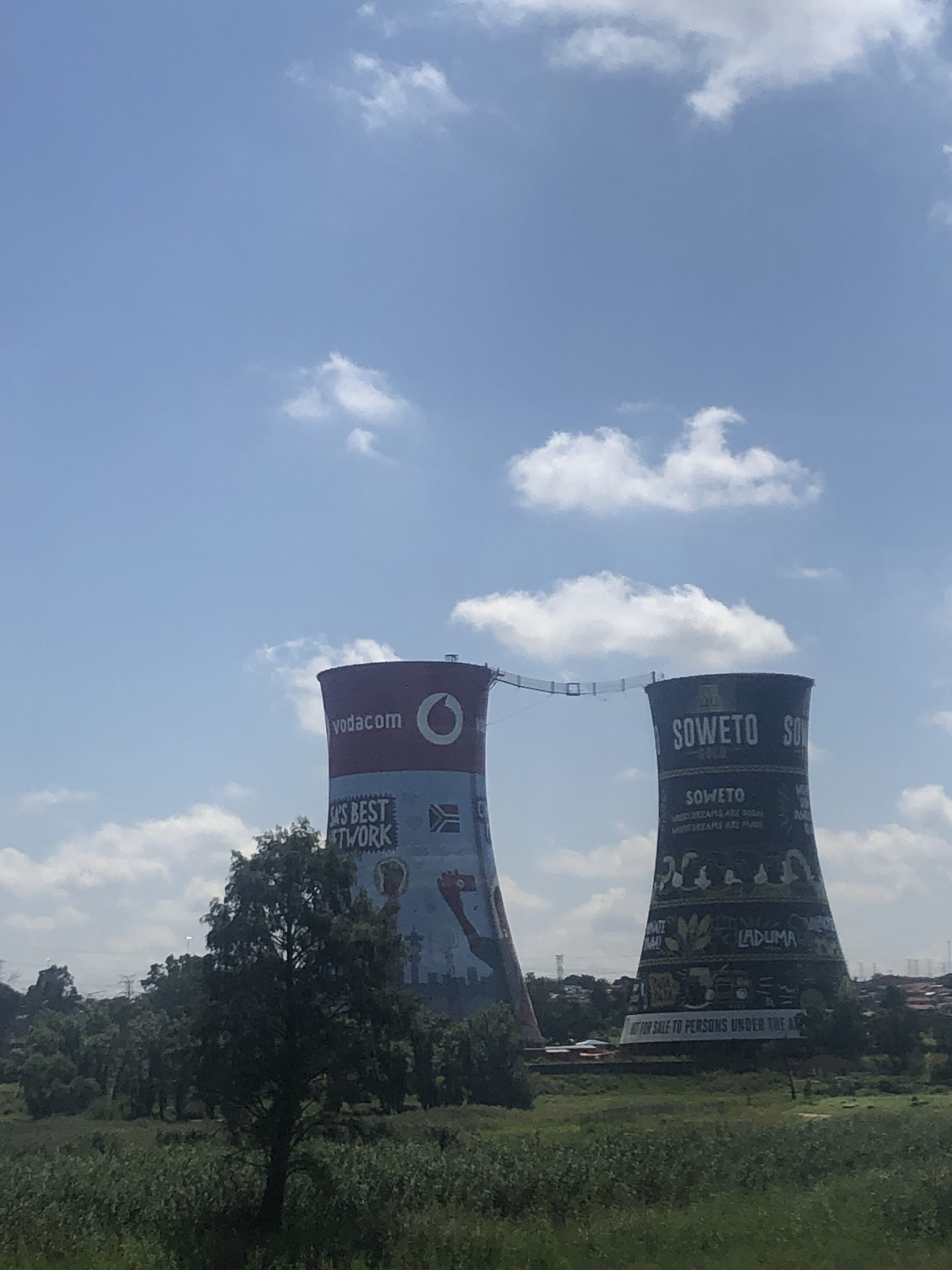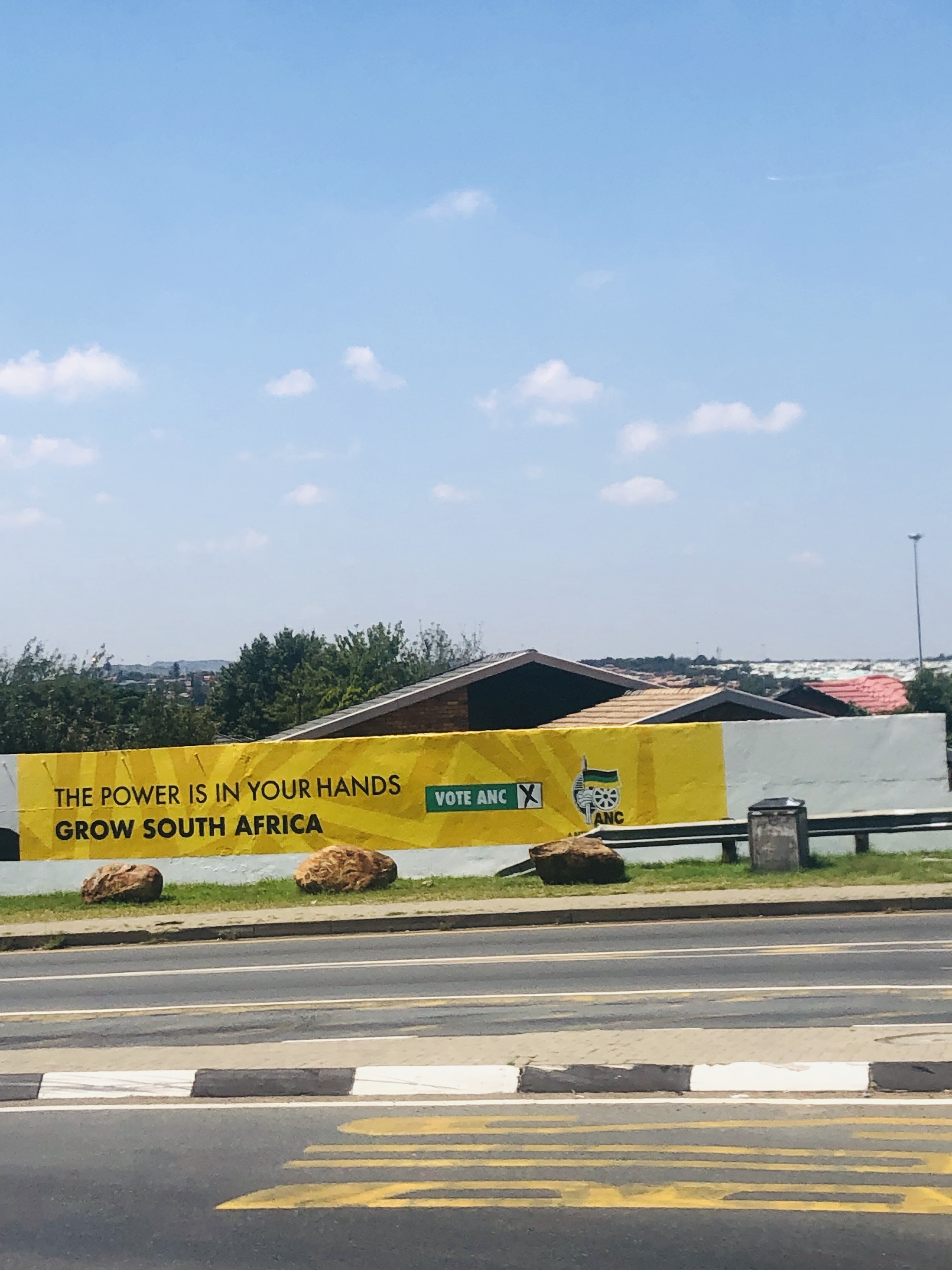Can the real South Africa please stand up?
By Naly
This has been a powerful experience that has strengthened my passion to create sustainable impact in communities by helping others to recognize and develop their gifts and talents.
This visit to South Africa has been filled with great experiences that have really brought me a deeper understanding of the South African culture and all that it represents. I went into this trip with an unabashed excitement about the people I would meet and how social impact would be having a tangible effect in the community. It was evident to me after visiting just a few businesses, that there is a strong commitment to growth and development. It felt as if empowering the South African community was the driver to keep the businesses moving forward. From learning the mechanics of impact investing through the lens of the Secha Capital investment firm, understanding the very real health coverage obstacles from the World Health Organization, processing Mandate Molefi’s framework to address social inequities in the workforce, absorbing the passion from Room to Read’s efforts in equipping the next generation, to envisioning Eaton’s goals in creating better energy opportunities, change has clearly been made a priority in the South African business climate. It was a great privilege to learn from professionals on the ground working towards creating a sustainable path of impact for their communities.

In visiting the different townships however, it seems like this movement towards change has been stalled. Despite the advancements in their business climate there is also a high unemployment rate within the South African community and this seemed very evident in the townships. From Soweto, Langa, to Gugulethu these townships still bear the residue of the past by the makeshift tin shacks that also highlight the division of these areas from the bigger cities like Johannesburg and Cape Town. As I walked through some of these areas, I experienced a deep sadness at seeing the conditions that people were living in. I thought to myself this isn’t a matter of people having the “freedom to choose” to live in an area they are comfortable with (as suggested by our tour guide for the week), but that it was more about post-apartheid change not reaching all areas of their communities. Load-shedding is another problematic issue that is faced by people in the townships as well. This is when Eskom, the SA power utility company, in an attempt to avoid national blackouts, schedules two hour intervals during the day in which the electricity will be turned off. As it is also possible for all power to go out more than once per day, this can be a heavy blow to a family who is already living on a limited income. Granted the load shedding issue is widespread and affects the bigger cities as well, but the back generators used by the bigger businesses are not normally found in the townships. From what I gleaned from experiencing this while being in a township when it has happened, the community will just make do with the situation and see it as a part of regular life.

It really almost seemed like we were visiting two completely different worlds. Johannesburg provided us a views of nice housed with big security walls, there were shopping malls and restaurants with security guards around every turn. We, as visitors, were constantly reminded not to go out alone at night and avoid being out late, to travel in groups, and to make sure we didn’t have valuables out on display. It was a level of fear-mongering that I haven’t been subjected to in a while personally and I took it all in with stride. In the townships it was just a different vibe overall. People were just sitting around on the street corners, chatting with each other and just watching us walk through. There were vendors with little tables out on the streets bustling with an entrepreneurial spirit to put a handmade craft in your hand. I remember a vendor saying to me “My sister, something to remember us by” as he waved his hand carved goods towards me. Despite the fact that I didn’t purchase anything, I remember later thinking how great his sales skills were in our short encounter and wondered if the opportunity had ever presented itself for him to grow his talent and build a career from his talent.
During the week I had an opportunity to have an in-depth conversation with a local about this stark difference between the two areas and he clearly laid out the idea that apartheid was not really a thing of the past for people living in these townships. He noted that the people may not be bound to these areas, but that they are still suffering injustices to this day and that it would be a lot more work before all of the South African community was completely free. We discussed the concept of perspective and mindset and he eluded to the fact that many don’t see themselves as the next generation of change. For me this is where the social impact element comes into play. This has been a powerful experience that has strengthened my passion to create sustainable impact in communities by helping others to recognize and develop their gifts and talents. I know that this trip is the first of many to come and I look forward to what future holds!
